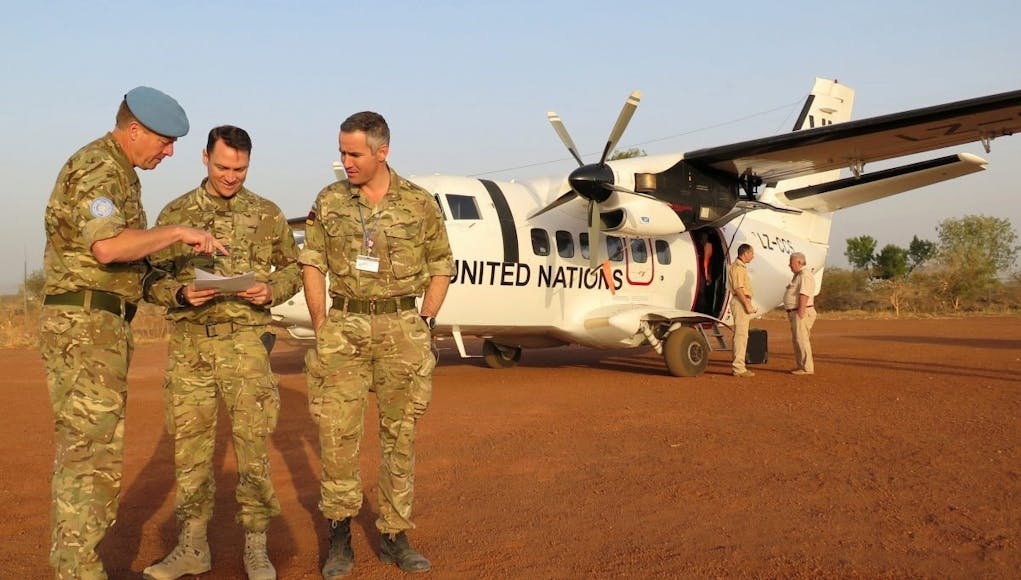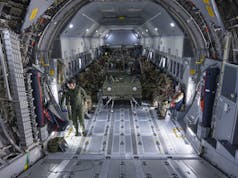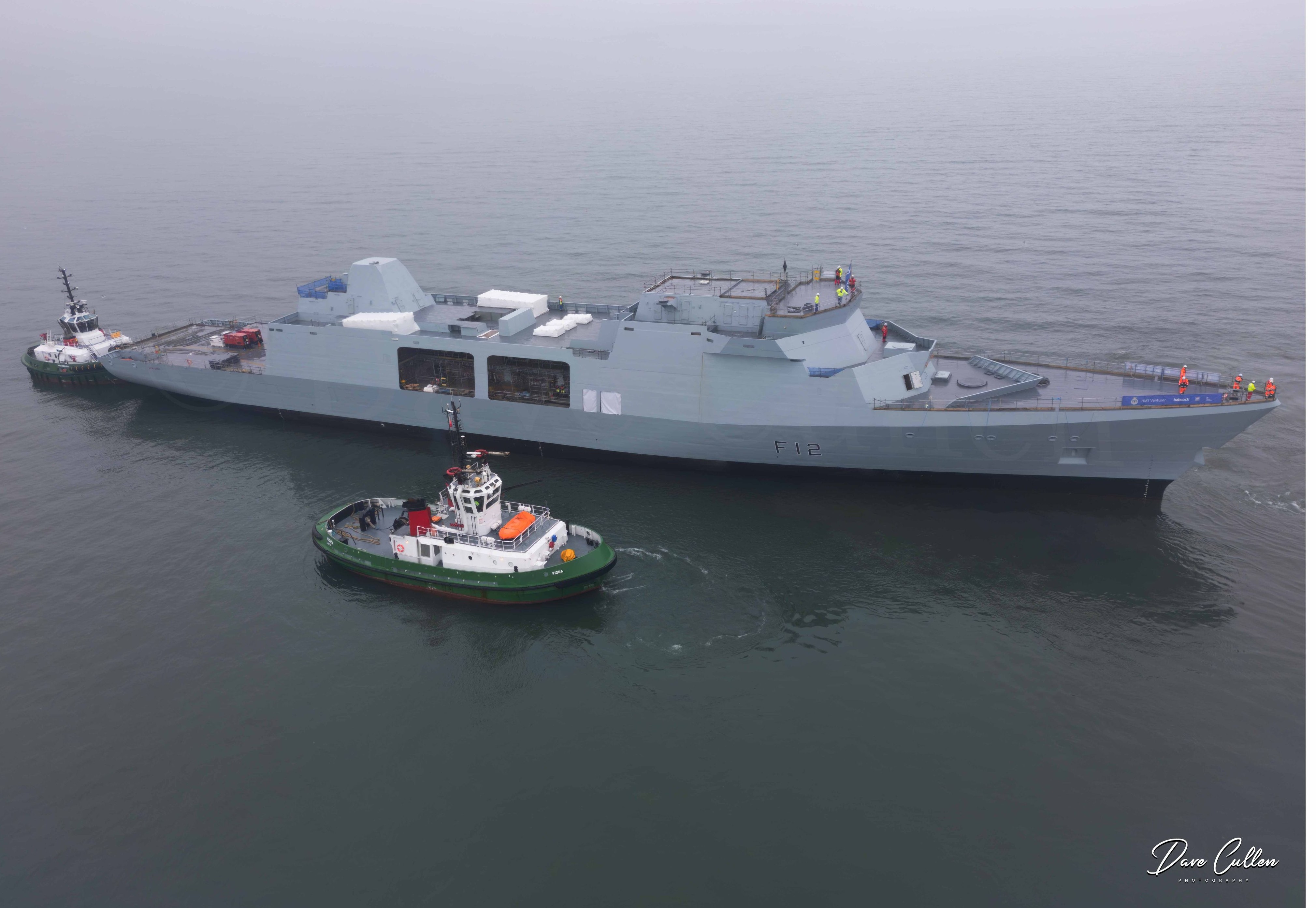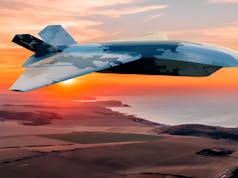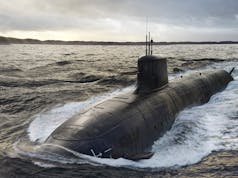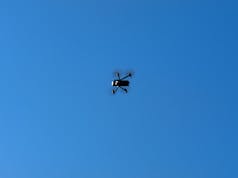The Vietnamese Army is to deploy to South Sudan, relieving British peacekeeping forces, in the Asian nation’s first major international peacekeeping contribution.
Vietnam has made clear of its intentions to step into international peacekeeping after signing further agreements with Australia ahead of a planned deployment in support of the UN Mission in South Sudan (UNMISS) within the next twelve months.
The agreement will see Australian Defence Force personnel assisting their Vietnamese counterparts with training key deployment skills including operating field hospitals, meeting logistical requirements and developing their English language skills. It is anticipated that the Royal Australian Air Force will provide the transportation to South Sudan using their C-17 Globemaster aircraft.
Australia has also agreed to provide AU$400,000 worth of specialist equipment including deployable accommodation blocks, an ambulance and a power generator. The United States is also supporting Vietnam with the provision of two buildings to house field hospitals, one for training in Vietnam and one for deployment.
Vietnam approached Australia for support with such a non-combat deployment to demonstrate and build upon their military capabilities, as well as demonstrating their commitment on the global stage. The first deployment will involve medical personnel who will replace the currently deployed British contingent, the Vietnamese are hopeful of following this up with deployments of engineering units and civilian specialists such as police officers.
The British contribution to UNMISS is codenamed Op Trenton and involves personnel from all services. Deployments have increased of late with an additional thirty-five British peacekeepers from the Royal Engineers arriving in South Sudan earlier this year. As of June this year there were approximately 360 British personnel South Sudan, making it Britain’s largest UN peacekeeping deployment. Core objectives have included building a hospital in Bentiu, a jetty on the Nile and helicopter landing sites.
The international, and British, contributions have fluctuated in size, scope and composition over the years. While there is a base level coverage of security and medical peacekeepers the remainder of the contingent – such as the engineering components – are deployed on a project basis to address identified needs. As the nation remains unstable recent years have seen the deployment’s mandate grow to 17, 000 military personnel, up from the initial allocation of 7, 000 in 2011.


